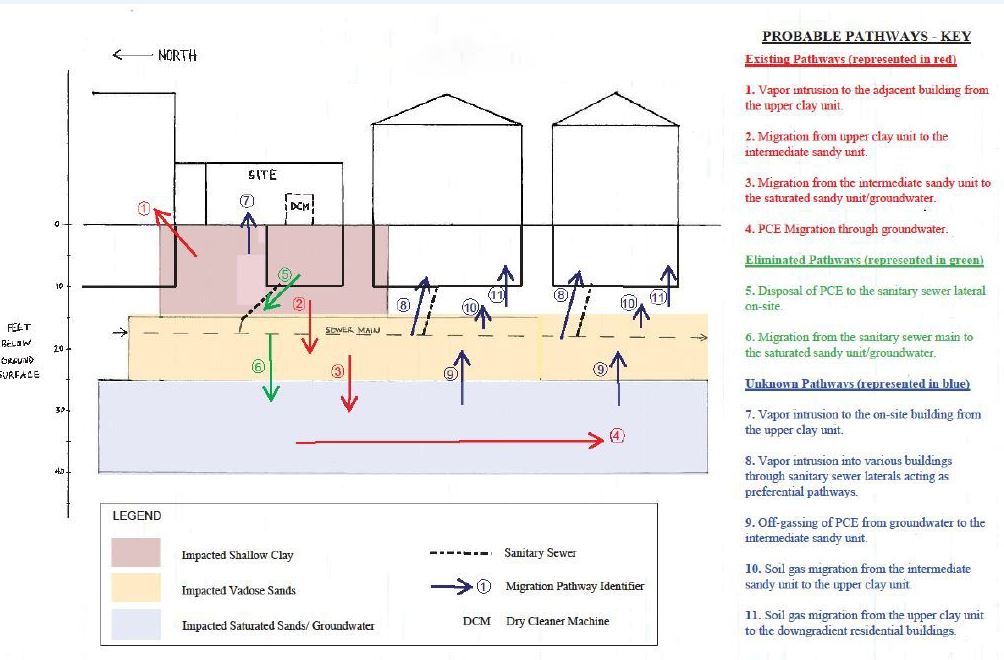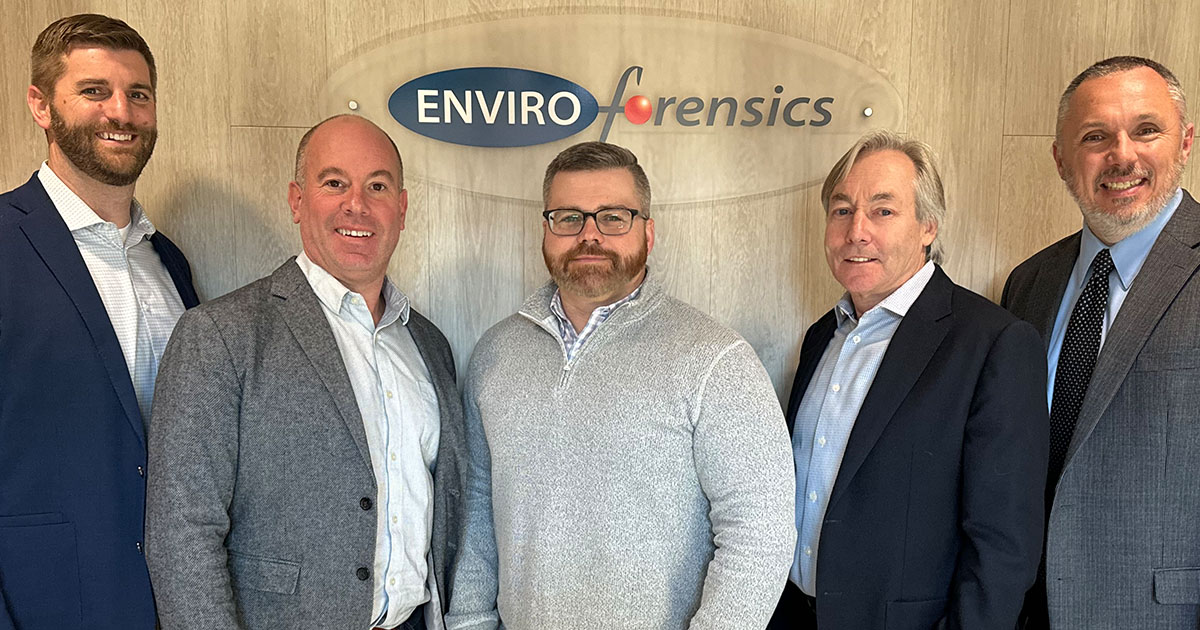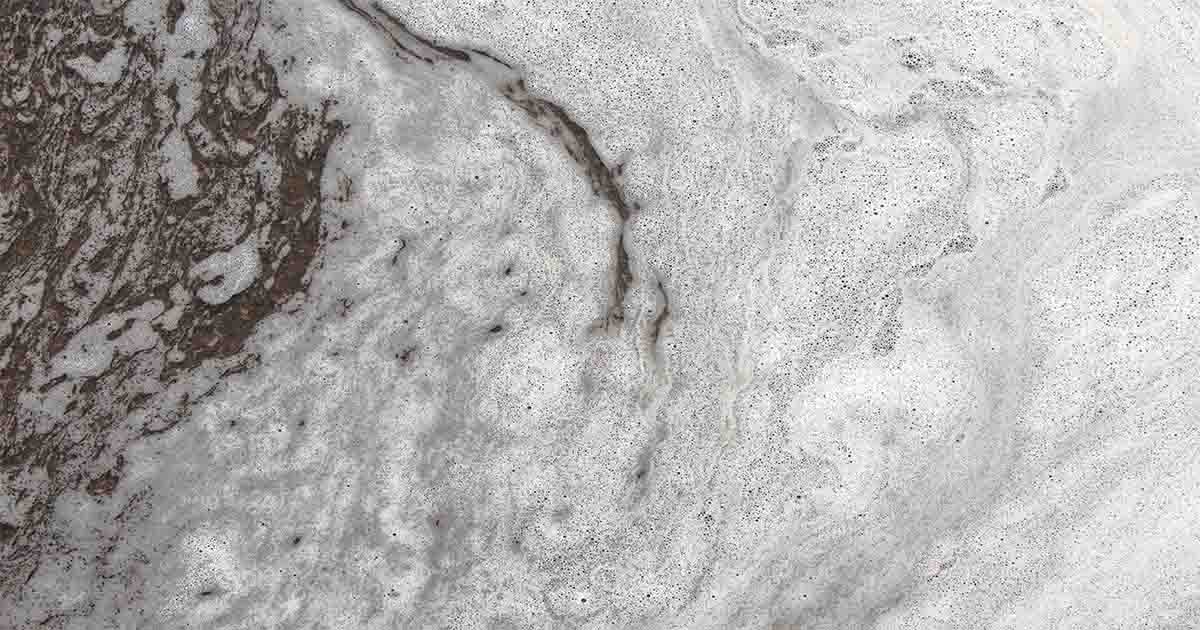It may seem like the objective of every project is to completely wipe out contamination, but it’s a little more nuanced than that. Sure, we want to make certain that a client’s property is as clean as it can be for future use, but it’s also important to consider where actual risks to human health occur in situations where a thorough site cleanup isn’t possible. That’s why, when we develop a Conceptual Site Model (CSM) a key component is the identification of potential exposure pathways and receptors. Once we can prove there’s no possible way a human can come in contact with the contaminant, we’re one step closer to obtaining the coveted “No Further Action” letter from the regulatory body with which we’re working.
It all starts with the investigation. In short, we use the data collected from soil and groundwater tests to delineate and characterize the horizontal and vertical nature of the contamination plume. The size, shape, and location gives us a general idea of which structures and buildings may be impacted, and, using this information, we can draw up our CSM.
In the Conceptual Site Model (seen in the simplified figure below) you can see we’ve labeled the actual dry cleaner machine (the established source of contamination) the buildings resting above the contaminated soil and groundwater, the different types of impacted soils, groundwater and all identified migration pathways. The contaminant migration pathways are indicated by the arrows in our figure.

The next step is to test those pathways to determine if there’s a potential for exposure, because where there’s exposure, there’s a problem. We start at the established source, and work our way down and up from there, checking surrounding structures for possible vapor intrusions, and testing soil and groundwater impacts and the possible receptors they could come in contact with (sewer laterals, sewer mains, groundwater wells, and the like.)
Once we’ve determined the existing pathways, it’s time to figure out what (if anything) needs to be done. We conduct an exposure assessment based on the type of receptors being impacted. Those receptors can be humans, utility corridors, drinking water wells, and the like. As an environmental consultant, we want to wipe out any contamination, but we are also beholden to both the institutional constraints and the client’s legal obligations. Identifying the potential exposure pathways at a Site can help us pin-point our focus as we draw up our site closure strategy.



